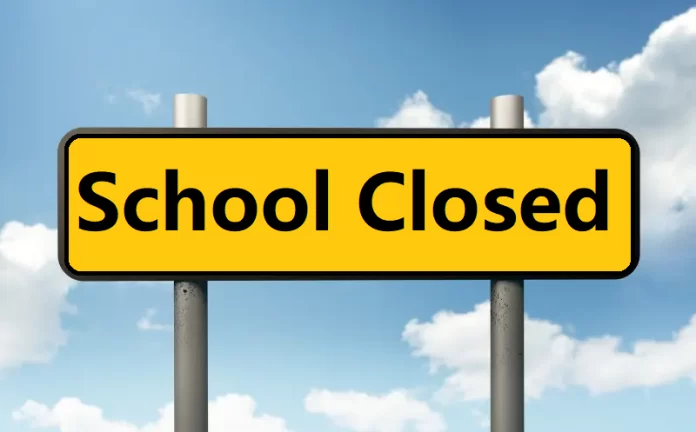Understanding DC School Closings: A Comprehensive Guide For Parents And Students - Implementing advanced notification systems can improve the dissemination of closure information to stakeholders. Frequent disruptions highlight the need for improved infrastructure, technology, and contingency planning within the education system.
Implementing advanced notification systems can improve the dissemination of closure information to stakeholders.
The District of Columbia's education system is vast and dynamic, with numerous public, charter, and private schools catering to diverse student populations. However, when DC school closings occur, it disrupts the learning process and forces families to adapt quickly. This guide aims to provide clarity and actionable insights to help you prepare for such scenarios.
Severe weather conditions, such as snowstorms, hurricanes, or extreme heat, often lead to temporary school closures. The District prioritizes student safety, and inclement weather can make transportation unsafe or school facilities inaccessible.
For further reading, explore additional resources on our website or connect with local advocacy groups to stay engaged in this important conversation.
Efforts to upgrade school facilities aim to reduce closures caused by structural issues.
Regularly check updates from school authorities and remain adaptable to changing circumstances.
In conclusion, DC school closings present significant challenges but also opportunities for growth and innovation in education. By staying informed, preparing proactively, and advocating for systemic improvements, we can better support our children's educational journey.
Uncertainty and stress caused by frequent closings can contribute to anxiety and depression among students. Providing adequate support during these periods is crucial for maintaining mental well-being.

DC school closings have become a critical issue affecting thousands of families across the District of Columbia. Whether due to emergencies, weather conditions, or systemic challenges, these closures impact educational continuity and family planning. As a parent, guardian, or student, understanding the reasons behind these closings and how to stay informed is essential for navigating this complex situation.
Closings disrupt peer interactions, extracurricular activities, and collaborative learning opportunities. This isolation can affect students' emotional health and social skills development.
Students from underserved communities may experience greater learning losses due to limited access to resources during closures.
Have access to online learning tools, textbooks, and supplementary materials to support continued education at home.
